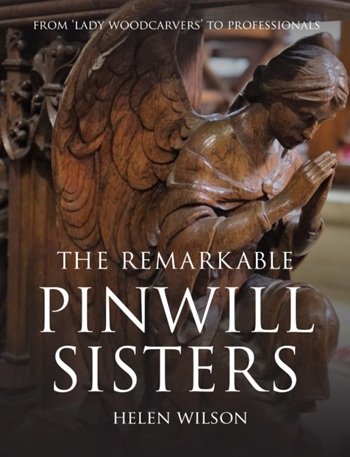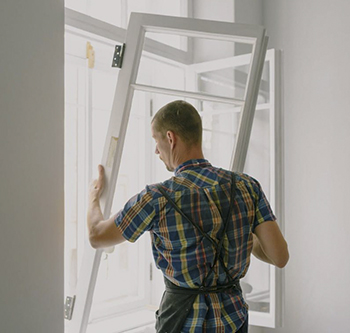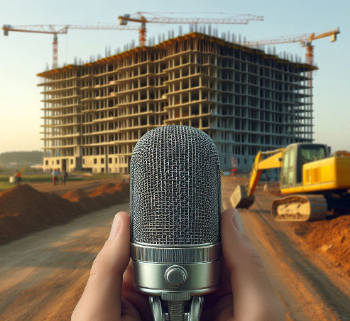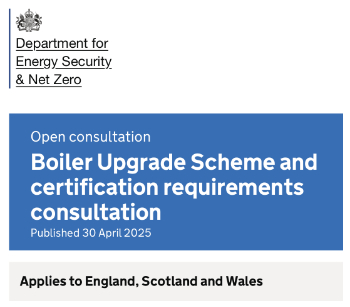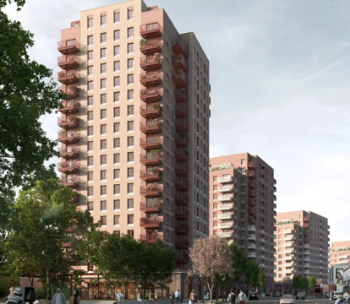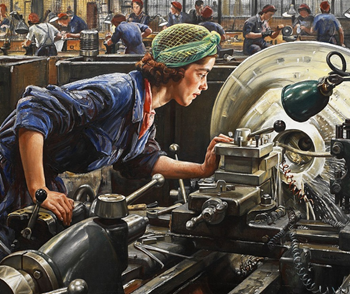Floor plenum airtightness
In July 2016, BSRIA published BG65/2016 Floor Plenum Airtightness – Guidance and Testing Methodology. This replaced BG 12/2010 Floor Void Airtightness – Air Leakage Specification,
Since the introduction of airtightness testing as part of the Building Regulations, the air leakage of buildings has steadily reduced as construction teams have become more familiar with the requirements. By introducing lower specifications for floor plenums, it is hoped that the effect will be similar.
A floor plenum is a void between a building’s floor structure and a raised access floor, used for distributing conditioned air to the spaces above.
It is important that conditioned air in a floor plenum flows into the occupied zone and does not leak into cavities, risers, stairwells, heating trenches or other adjacent zones. A properly sealed floor plenum will allow the diffusers and grilles to fulfill their primary role of delivering air at the correct flow rate. As a result, the airtightness of floor plenums can be a serious energy efficiency issue.
BSRIA’s new guide addresses these issues and places upper limits on the air leakage of floor plenums. Distinctions are made between air leakage to adjacent spaces (normally referred to as plenum leakage), and uncontrolled air leakage into conditioned zones (normally referred to as raised access floor leakage). A testing methodology for both plenum leakage and raised access floor leakage is given, and guidance on achieving both is provided.
To download or purchase the guide, go to the BSRIA Bookshop.
N.B. This guide replaces BG 12/2010 Floor Void Airtightness – Air Leakage Specification, which was withdrawn.
--BSRIA
[edit] Related articles on Designing Buildings Wiki
- Air tightness in buildings.
- Airtightness of energy efficient buildings.
- BSRIA articles on Designing Buildings Wiki.
- Building performance evaluation.
- Closing the gap between design and as-built performance.
- Draughts in buildings.
- Energy Performance Certificates.
- Indoor air quality.
- Performance gap.
- Plenum ventilation in buildings.
- Thermographic survey.
- The history of non-domestic air tightness testing.
Featured articles and news
Licensing construction in the UK
As the latest report and proposal to licence builders reaches Parliament.
Building Safety Alliance golden thread guidance
Extensive excel checklist of information with guidance document freely accessible.
Fair Payment Code and other payment initiatives
For fair and late payments, need to work together to add value.
Pre-planning delivery programmes and delay penalties
Proposed for housebuilders in government reform: Speeding Up Build Out.
High street health: converting a building for healthcare uses
The benefits of health centres acting as new anchor sites in the high street.
The Remarkable Pinwill Sisters: from ‘lady woodcarvers’ to professionals. Book review.
Skills gap and investment returns on apprenticeships
ECA welcomes new reports from JTL Training and The Electrotechnical Skills Partnership.
Committee report criticises UK retrofit schemes
CIOB responds to UK’s Energy Security and Net Zero Committee report.
Design and construction industry podcasts
Professional development, practice, the pandemic, platforms and podcasts. Have we missed anything?
C20 Society; Buildings at Risk List 2025
10 more buildings published with updates on the past decade of buildings featured.
Boiler Upgrade Scheme and certifications consultation
Summary of government consultation, closing 11 June 2025.
Deputy editor of AT, Tim Fraser, discusses the newly formed society with its current chair, Chris Halligan MCIAT.
Barratt Lo-E passivhaus standard homes planned enmasse
With an initial 728 Lo-E homes across two sites and many more planned for the future.
Government urged to uphold Warm Homes commitment
ECA and industry bodies write to Government concerning its 13.2 billion Warm Homes manifesto commitment.
From project managers to rising stars, sustainability pioneers and more.
Places of Worship in Britain and Ireland, 1929-1990. Book review.
The emancipation of women in art.













